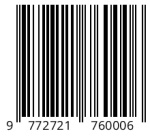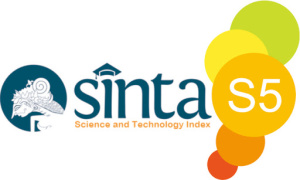PERANCANGAN VIDEO ANIMASI 2D TENTANG BAHAYA NARKOBA BAGI GENERASI MUDA
DOI:
https://doi.org/10.5281/zenodo.7934360Abstract
The design of a 2d animated video about the dangers of drugs for the younger generation aims to provide information and education about the dangers of drugs for the younger generation, because many of the younger generation do not know very well what the dangers of drugs are, as well as providing information about how to create or design a 2d animation about the dangers. drugs for the younger generation. After analyzing the data, it was found that watching animated videos about the dangers of drugs is more interesting to watch than reading written information about the dangers of drugs. Based on the results of the research, the discussion that will be described focuses on the analysis carried out on 2d animated videos about the dangers of drugs for the younger generation. In testing this 2d animated video about the dangers of drugs for the younger generation, using a questionnaire method, which is carried out by testing user responses using the Guttman scale test via google form. Of the 43 people or 100% of respondents, 41 people or 95.3% of respondents recommend this 2d animation about the dangers of drugs for the younger generation to be distributed or broadcast as a medium of information about the dangers of drugs.
Downloads
Downloads
Published
Issue
Section
License
Authors who publish with the Jurnal Manajemen dan Teknologi Informasi agree to the following terms:
1. Authors retain copyright and grant the journal the right of first publication with the work simultaneously licensed under a Creative Commons Attribution License (CC BY-SA 4.0) that allows others to share the work with an acknowledgment of the work's authorship and initial publication in this journal.
2. Authors are able to enter into separate, additional contractual arrangements for the non-exclusive distribution of the journal's published version of the work (e.g., post it to an institutional repository or publish it in a book), with an acknowledgment of its initial publication in this journal.
3. Authors are permitted and encouraged to post their work online (e.g., in institutional repositories or on their website) prior to and during the submission process, as it can lead to productive exchanges, as well as earlier and greater citation of published work. (See The Effect of Open Access) .





















